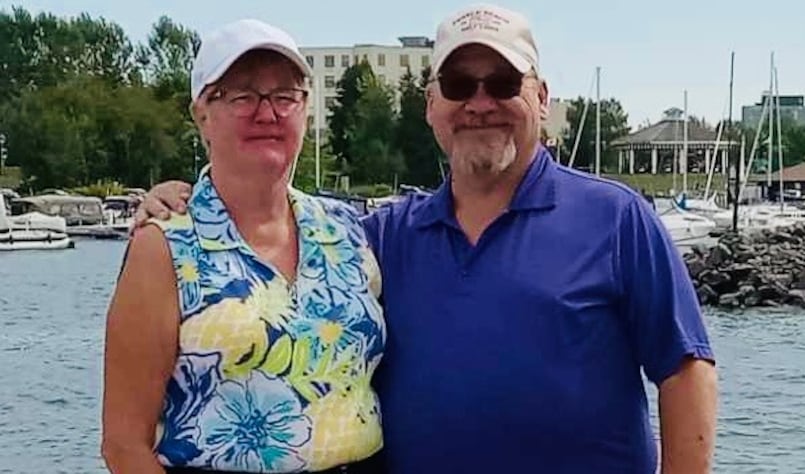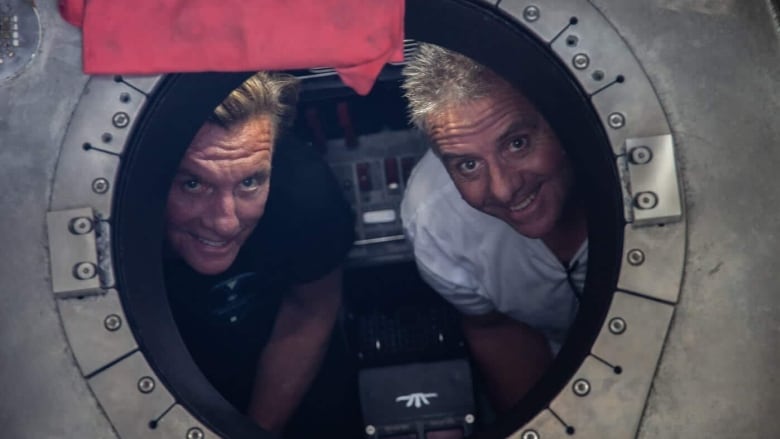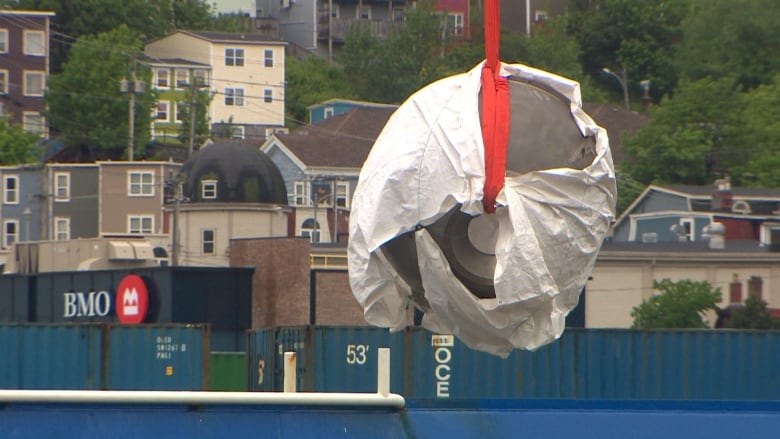
This article is more than
1 year old
Larry Connor, Triton Submarines plan to have vessel certified
When news broke that Ohio billionaire Larry Connor was planning a voyage to the Titanic in a new, deepsea submersible, the comparisons to last year's ill-fated implosion of OceanGate's Titan were immediate.
Connor, much like Titan passenger Hamish Harding, is a member of the ultra-wealthy explorers community, and has been to the depths of the ocean as well as the heights of space.
But Connor insists Titan — which imploded on June 18, 2023, killing all five passengers on the way to the wreck of the Titanic — was an outlier. His voyage, he told the Wall Street Journal and New York Times, is a return to the tried and true methods of deep sea exploration.
"I'm concerned that people associate diving subs, especially new or different subs, with danger or tragedy," Connor told the Times this week.
"If we can't do it, what we call 's and s' — safely and successfully — we're just not going to do it.… We're not thrill-seekers. We're not big risk-takers."
The "we" in that sentence includes Patrick Lahey, the co-founder of Triton Submarines. Connor has commissioned Lahey to build a new submersible, one with an acrylic hull, for the voyage. It's estimated the vehicle's costs will be in the tens of millions and won't be ready until at least the summer of 2026.
Connor declined comment to CBC News, with a representative saying he couldn't schedule time for an interview.
Requests for Lahey were redirected to Connor's company.

Triton Submarines is known as an industry leader, having dived to depths that make a Titanic expedition look simple. Its vehicles have been to the depths of Mariana Trench, the deepest point on earth at more than 10,900 metres below sea level. Titanic, by comparison, sits at 3,800 metres.
Lahey spoke with CBC-Radio Canada in the wake of the Titan disaster. He talked about how he met the OceanGate crew while on vacation in the Bahamas and was unimpressed by their work. He said he pointed out several flaws with Titan and assumed the company would never get it to the point of making a deepsea dive.
He was wrong.
OceanGate CEO Stockton Rush publicly balked at the idea of third-party classification and certification, and went ahead with the Titan expeditions despite warnings from experts like Lahey.
Debris, including the nose cone, from the doomed OceanGate Titan submersible is now with investigators in St. John’s who hope it will shed light on why the sub imploded, killing all 5 on board.
Titan went missing on June 18, sparking a multinational search and rescue mission that lasted four days.
In the end, it was discovered Titan had imploded on the way down, killing all five men instantly.
Two expeditions are apples and oranges, says diver
One of those passengers was the man dubbed "Mr. Titanic" — French explorer P.H. Nargeoloet.
He was a close friend of Newfoundlander Larry Daley, who dove to the Titanic in a submersible in 2003.
While Daley says the OceanGate disaster will have a lasting legacy on Titanic expeditions, he doesn't believe it should be the predominant lasting legacy.

And, he said, Connor will be in safe hands with Lahey at the helm.
"[Triton Submarines] have set the bar so high that there's no compromise on safety. Everything they do is well designed, it's well engineered. The expertise is there, the financial backing is there as well. And they're not in a hurry to do things."
Daley said one of the critical differences is in the personalities of their founders.
"You're not dealing with people who are going to take shortcuts, and [have] egos," he said.
Daley met Lahey in St. John's in 2019, when Triton Submarines was diving to the five deepest points of the world's oceans. Nargeolet was part of that mission as a technical advisor.
What we know about the submersible
OceanGate made waves for departing from the industry-standard titanium and building a hull out of carbon fibre.
Connor's expedition will also be taking a novel approach, using acrylic for the hull material. In the New York Times interview, Connor said the technology didn't even exist to do such a thing until about eight years ago.
He said the vehicle will be certified by an independent body, unlike OceanGate's Titan submersible. The entire process will take two to three years.

While Stockton Rush felt certification stood in the way of innovation, Lahey felt the opposite.
"I disagree with this idea that somehow certification is an impediment to innovation or that it somehow hinders progressive thinking. It's absolutely not true. I just think, you know, that's a cop-out," he told CBC-Radio Canada earlier this year.
Whenever the mission is ready, Larry Daley hopes they choose St. John's as their starting point. He expects any future expeditions to pay respects to the lives lost both on the Titanic, and in pursuit of seeing the wreckage.
"It's a gravesite. Obviously, for other reasons now."
Download our free CBC News app to sign up for push alerts for CBC Newfoundland and Labrador. Click here to visit our landing page.